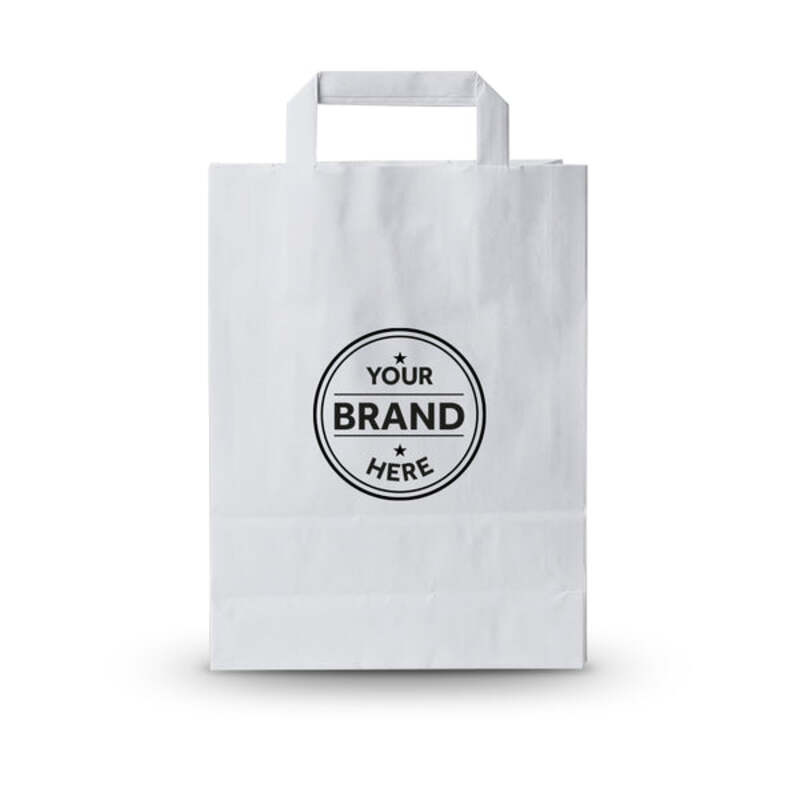The Art and Science of Printed Wraps Revolutionizing Packaging and Branding
In a world that increasingly values individuality and sustainability, printed wraps have emerged as a powerful tool for businesses looking to enhance their branding and packaging strategies. Whether for food products, gifts, or retail items, printed wraps combine aesthetics with functionality, providing an innovative solution that captures consumer attention while fulfilling practical needs.
The Evolution of Printed Wraps
The concept of wrapping items dates back centuries, serving as a means to protect and transport goods. However, the advent of modern printing technologies has revolutionized this age-old practice. Today, printed wraps are not just about utility; they are an extension of a brand’s identity. High-quality printing techniques allow for vibrant colors, intricate designs, and personalized messages, turning plain wraps into effective marketing tools.
As brands compete for consumer attention, the packaging has become an essential part of the buying experience. Printed wraps offer an opportunity to communicate a brand's values and story. For example, eco-friendly businesses can use sustainable materials and eco-conscious designs to reinforce their commitment to the environment, appealing to a growing demographic of socially responsible consumers.
Benefits of Printed Wraps
One of the most significant advantages of printed wraps is their versatility. They can be used across a wide range of products, from food and beverages to gifts and retail items. This adaptability makes them an attractive option for various industries, including food service, retail, and e-commerce.
1. Brand Recognition Printed wraps help in establishing brand recognition. Unique designs and logos printed on wraps can create a lasting impression on consumers, turning ordinary packaging into a memorable marketing experience. This is especially crucial in competitive markets where differentiation is key to success.
printed wraps

2. Cost-Effectiveness Compared to traditional packaging methods, printed wraps can be a more cost-effective solution. They often require less material than rigid packaging options and can be customized to suit different sizes and shapes, reducing waste and production costs. Advances in digital printing allow for small runs of custom designs, perfect for businesses that want to test new markets or seasonal products without significant investment.
3. Consumer Engagement Engaging consumers through packaging has become a trend in recent years. Printed wraps can incorporate QR codes, social media handles, or interactive elements that encourage consumers to connect with the brand online. This interaction not only enhances the purchasing experience but also allows brands to gather valuable data about customer preferences and behaviors.
The Future of Printed Wraps
As consumer preferences continue to evolve, so too will the printed wrap industry. The future looks promising, with innovations in materials and printing technologies set to enhance the appeal and functionality of wraps. Biodegradable and compostable materials are being developed to ensure that wraps not only look good but also align with environmental sustainability goals.
Furthermore, the digital printing revolution continues to offer new possibilities. Short-run printing allows for quick updates and changes in design, allowing businesses to respond rapidly to market trends or consumer feedback. This agility can be a significant advantage in today’s fast-paced market environment.
Conclusion
Printed wraps are no longer merely functional packaging; they have transformed into a vital component of branding and marketing strategies. Their ability to combine visual appeal with practical utility positions them as a valuable asset for businesses aiming to stand out in an ever-saturated marketplace. As technology continues to advance and consumer expectations shift, the art and science of printed wraps will undoubtedly play a crucial role in shaping the future of packaging. Embracing printed wraps is not just about wrapping products; it’s about wrapping them in a story that resonates with consumers, one that speaks to their values and ignites their interests.



